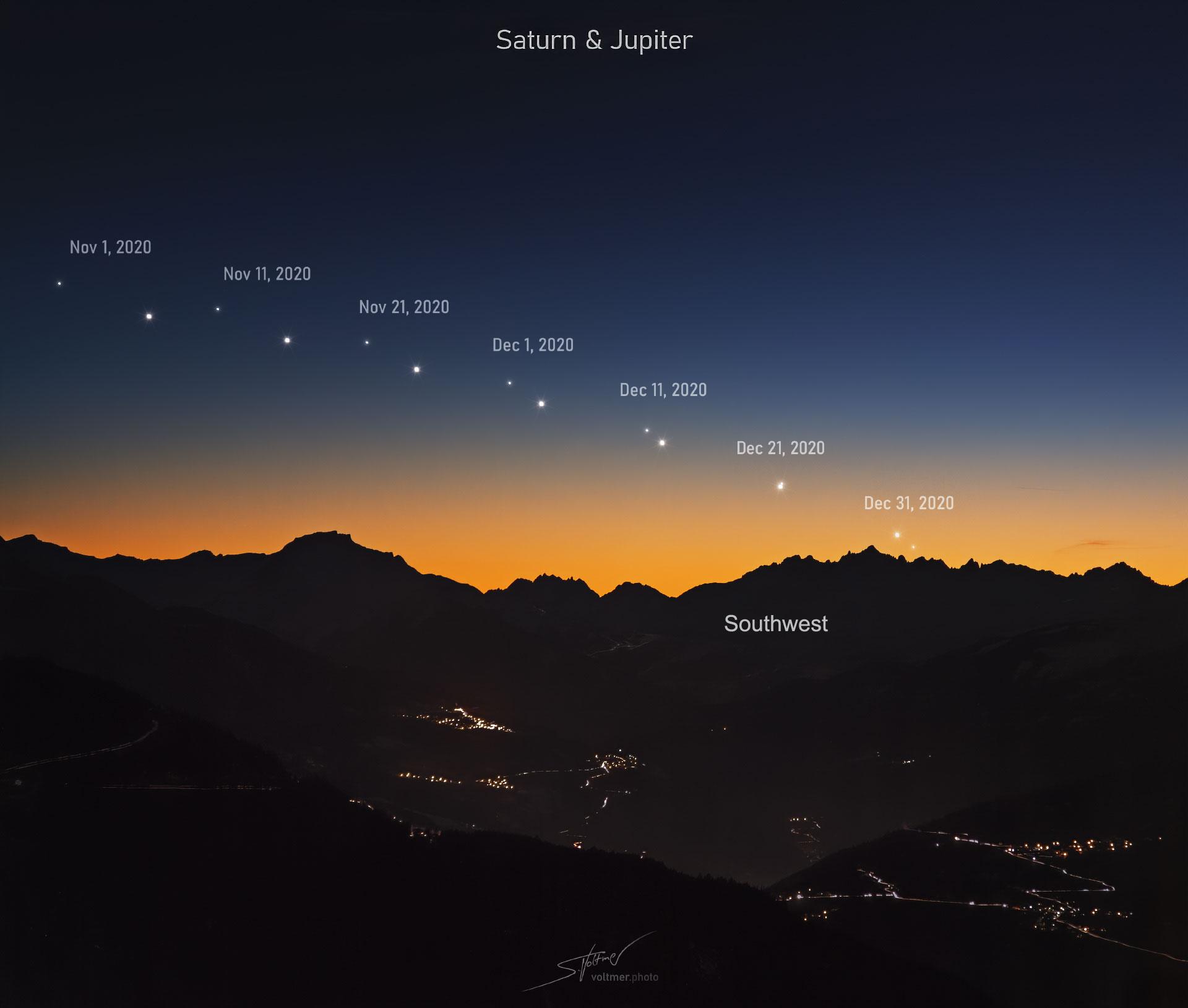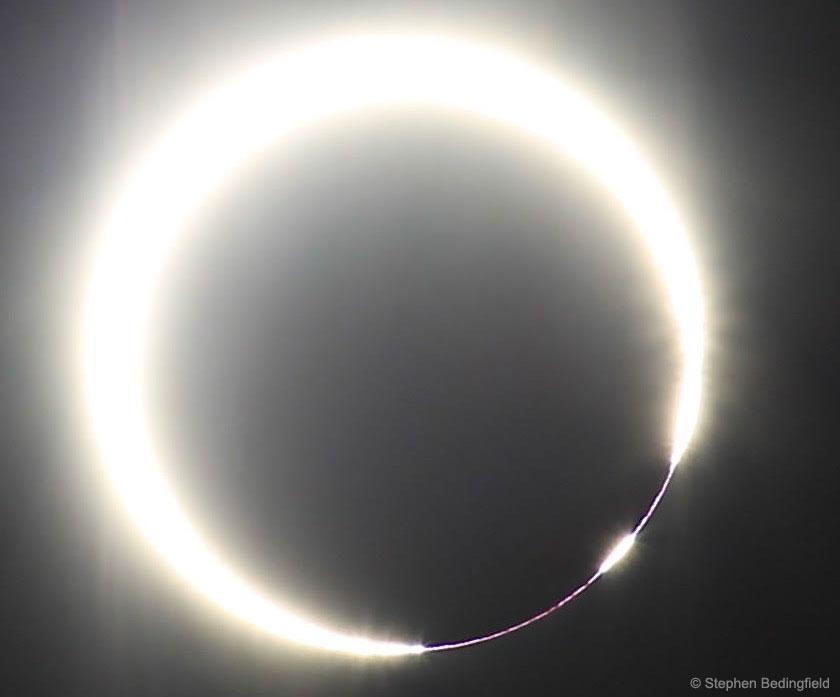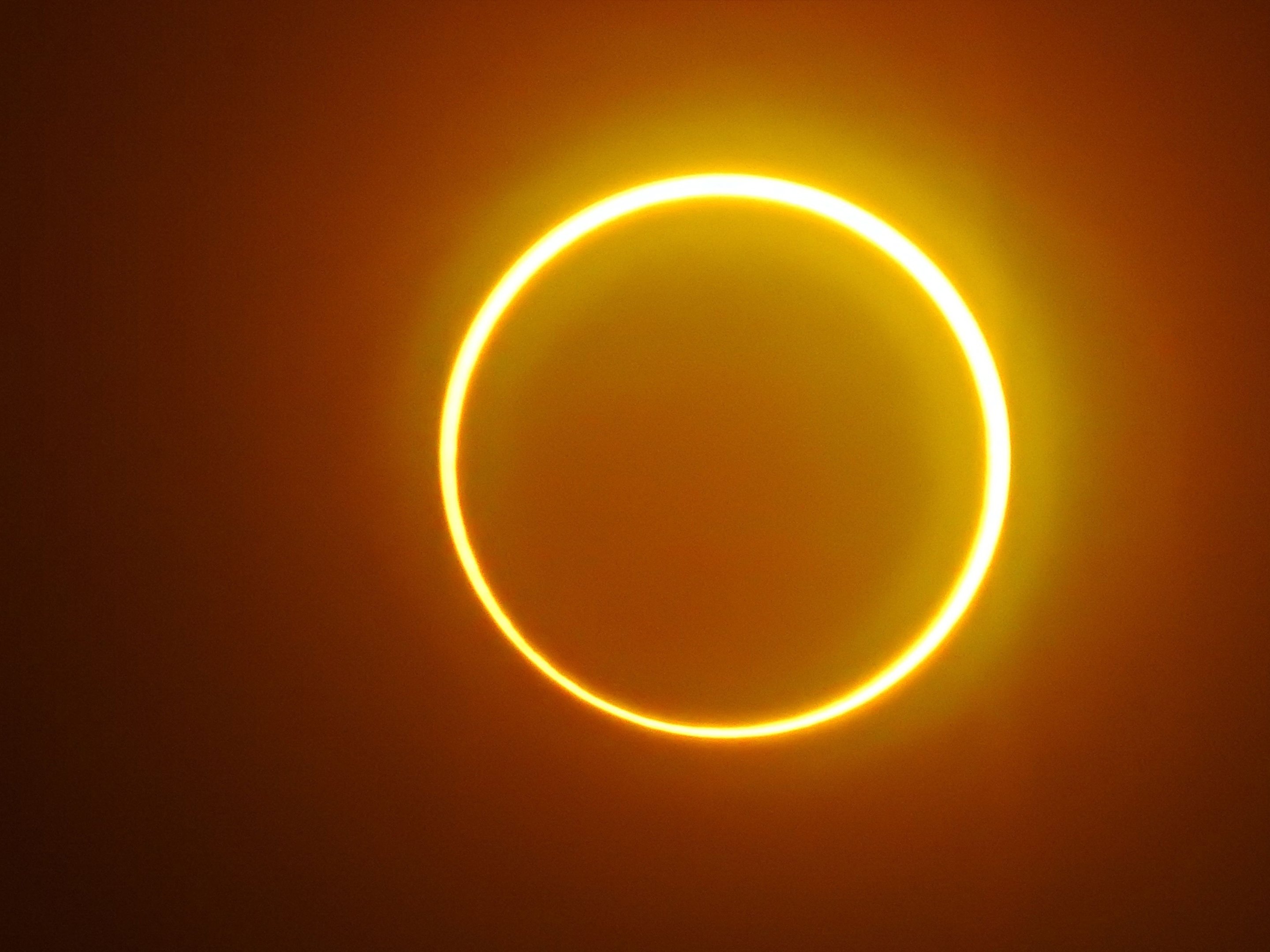The 2023 sky is poised to present an incredible array of celestial wonders for our eyes! Not only professional and amateur astronomers, but also beginners and enthusiasts in observational astronomy will be able to enjoy seeing several bright planets in close contact, meteor showers in excellent viewing conditions, and even a rare solar eclipse!
Would you like to see a little of what awaits us next year?
meteor shower
Earlier in the year, between January 3 and 4, the peak activity of the Quadrantid meteor shower, a medium-sized event that can produce about 40 meteors per hour, will occur. The rain is produced by the remnants of an extinct comet called 2003 EH1 and occurs from January 1 to January 5 each year.
Another moderate meteor shower that will occur, produced by dust particles left by the comet C/1861 G1 Thatcher, which always occurs between April 16 and 25, will be called Lyrids. Next year, its peak activity is expected to occur on the night of the 22nd and in the morning of the 23rd, producing up to 20 meteors per hour.
But heavy rains will appear a little later in the year. One of the best meteor showers to observe, the Perseids produce up to 60 meteors per hour at its peak scheduled for August 12 and 13, and are caused by debris left by Comet Swift-Tuttle. The best rain of the year is predicted to peak on December 13 and 14: Geminids will be the main meteor event of the year, producing up to 120 colorful meteors per hour at peak. It originates from the remains of the asteroid 3200 Phaethon and occurs between December 7 and 17 each year.
planetary encounters

One of the most famous events among lovers of the night sky is close encounters between planets, known as conjunctions. This doesn’t necessarily have to be a true orbital proximity between them, but due to our perspective view from our planet, we eventually see them close in the same area of the sky.
The first significant conjunction will occur immediately on January 23: notice the dazzling glow of the crescent moon appearing in the sky about an hour after sunset, just above the two bright planets, Venus and Saturn. The planets will be positioned only about one degree apart, which is roughly the width of your index finger when extended at arm’s length.
Other encounters that will be beautiful will take place on May 22, and on the night of the 2nd, when the Moon, Mars and Venus will dance in an arc across the night sky. October is when Jupiter, the largest planet in the Solar System, will approach the almost fully illuminated Moon in a dazzling encounter.
solar eclipses

The year 2023 also promises two unique shows! On April 20, a rare hybrid solar eclipse will grace parts of Oceania, gifting lucky observers a beautiful ring of fire effect where the ring of sunlight will be partially surrounded as the Moon passes through it. But don’t be discouraged! Viewers in Brazil will also experience a solar eclipse this year! Another annular solar eclipse will occur on October 14 and will be visible from North America to South America.
The best place to see the ring of fire would be the Northeast, especially the capitals Natal and João Pessoa. The phenomenon will begin shortly after 3 o’clock and continue until sunset. In other parts of the country, the eclipse will be partial.
Source: Tec Mundo
I am Bret Jackson, a professional journalist and author for Gadget Onus, where I specialize in writing about the gaming industry. With over 6 years of experience in my field, I have built up an extensive portfolio that ranges from reviews to interviews with top figures within the industry. My work has been featured on various news sites, providing readers with insightful analysis regarding the current state of gaming culture.













